Global pre-owned helicopter inventory is up significantly and values are declining, according to HeliValue$, the largest helicopter appraiser in the U.S. and publisher of The Official Helicopter Blue Book, which tracks civilian helicopter values around the world.
It’s a buyer’s market out there, and those with access to financing are waiting patiently for sellers to lower prices further, in the hopes of landing an incredible deal on a used machine.
“There are fire sales everywhere,” said Jason Kmiecik, president of Wauconda, Illinois-based HeliValue$.

Deflated oil prices had already softened pre-owned helicopter values before the pandemic, but that decline has been accelerated by Covid-19.
“When the price of oil is high and you have a good economy, the machines are flying,” continued Kmiecik. “Now, a lot of those helicopters are sitting on the ground. When that happens, values start going down. Helicopters have to turn the rotors.”

But while there are buyers out there, he said deals are taking two to three times longer to close, as many traditional sources of financing have dried up. “A lot of banks are removing themselves from the helicopter financing industry,” he said. “We are seeing a major slowdown in getting deals done.”
Among the transactions that are proceeding, HeliValue$ has tracked an uptick in corporate/VIP helicopter purchases. Kmiecik estimated the segment accounts for 50 to 60 percent of transactions in the third quarter of this year.
He explained that once there are enough corporate/VIP helicopters for sale, it starts to affect the offshore market for those models that are in that sector. Buyers see an opportunity to get a good deal on a corporate machine, install a new interior, and repurpose it for oil-and-gas or offshore energy work. The same applies to the utility transport and emergency medical services (EMS) market sectors.

“Offshore has taken a big hit; every single model has come down in value, with the exception of a few models that do not have inventory on the market,” he continued. “We’re starting to see models phased out; the [Sikorsky] S-76 is becoming the weakest player in offshore, and that can largely be attributed to the huge demand for the [Leonardo] AW139.”
In general, more aging aircraft are coming up for sale. These machines are remnants of the mid-2000s, said Kmiecik, when oil was strong and the helicopter industry was booming. “Back then, we had this saying that helicopters will fly forever as long as you maintain them, and the OEM provides parts and support. Now, this is hurting the market. So many are on the market, and they just don’t disappear.”
While most helicopter values are depressed, Kmiecik pointed out the Airbus Helicopters H145 and H135 series are hot commodities in the EMS segment. “We’re seeing a lot of VIP and offshore models in those aircraft being converted to EMS,” he said. “Some of these aircraft have actually increased in value, but I think that is a short-term thing, because Airbus is backed up with new deliveries. Some of these [EMS] contracts can’t wait that long, so they look to pre-owned options.”
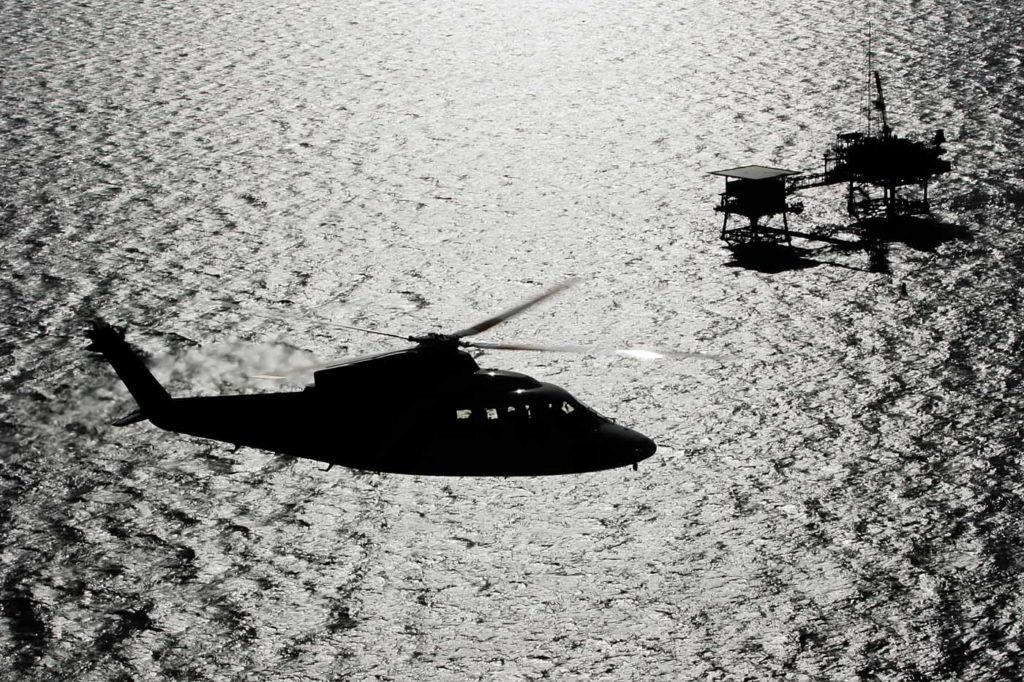
In some cases, bankruptcies have contributed to a glut of helicopters on the market. Kmiecik singled out Canada in particular.
“The utility market there has taken a huge hit in the last 10 years. People have undercut so badly that there are hardly any profits. There are more auctions happening than I have ever seen.”
Home and abroad
While the price of oil and Covid-19 have certainly impacted the U.S. pre-owned helicopter market, the country’s recent presidential election hasn’t helped to stabilize things, either.
“Overall, for the worldwide market, you can see it bounced back in Q3, but it’s not as obvious in the U.S.,” pointed out Gary Francou, sales and support manager for Rotortrade USA. “But the election will blow over, and that — coupled with the coming vaccine — will be a game changer. We’re going into Q1 2021 confident that we’ll see a significant recovery in the pre-owned market.”
Founded in Singapore in 2012, Rotortrade sells helicopters around the world, with an inventory of 30 to 50 machines at any given time. The company’s managing partner, Aurelien Blanc, told Vertical that year-over-year, the third quarter of 2020 saw a drop in sales and an increase in inventory.
“On a macro level, we’ve seen single engines keeping fairly stable, or at least holding up better than twins, medium twins and heavies,” he said. “The tourism sector has plummeted and the [Airbus] H130 with it, with overall inventory increasing by 65 percent. There is a big influx of AW139s on the market, but they seem to be older corporate VIP ships more than oil-and-gas.”
The global supply of H135s has declined due to increased EMS demand in Europe, picking up from the strong U.S. demand for the model up to last year. Meanwhile, in the U.S., Francou said EMS flights declined by 30 percent across the board in Q2, with a direct impact on the number of transactions. Helicopters were flying less due to fewer traffic accidents (as people stayed home), the cancellation of elective surgeries, and reduced capacity mandates in hospitals.
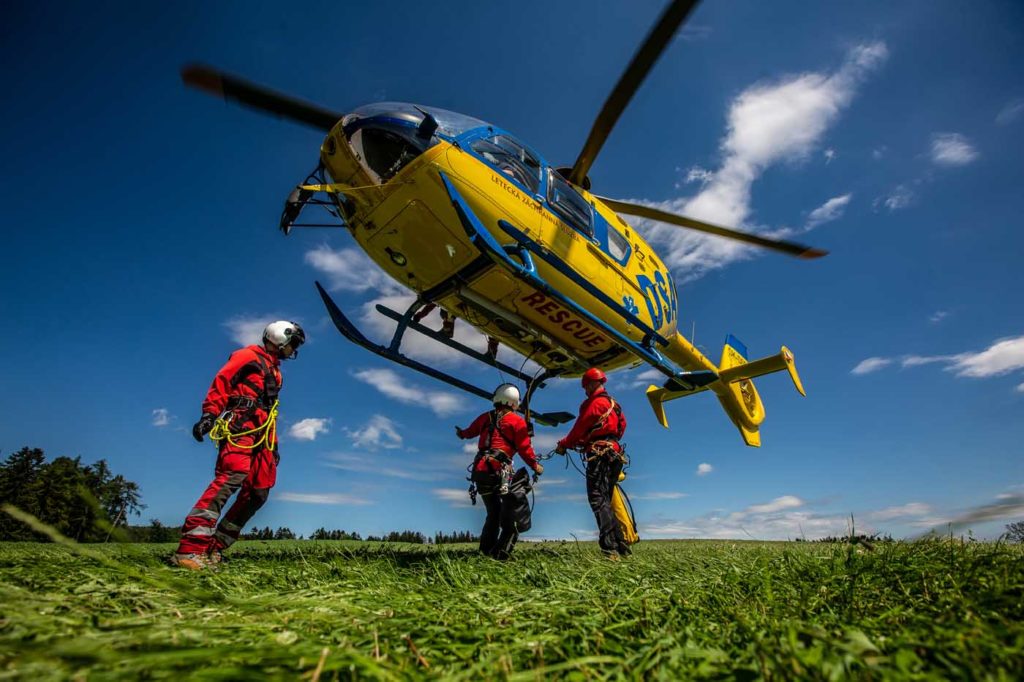
While some market segments have been devastated in recent months — tourism, EMS, and, to some extent, utility — others seem relatively untouched, especially the busy U.S. aerial firefighting sector.
As for prices, Blanc said Rotortrade hasn’t seen any major declines just yet. “Some buyers may be holding on, thinking prices will plummet, but we haven’t seen that globally yet. We expect that by early next year we will see supply and demand level off. We do think prices will go down overall.”
The company is expecting to equal the business it did in 2019, thanks to its wide geographical footprint and the long lead times for new helicopters, which encourages buyers to consider pre-owned.
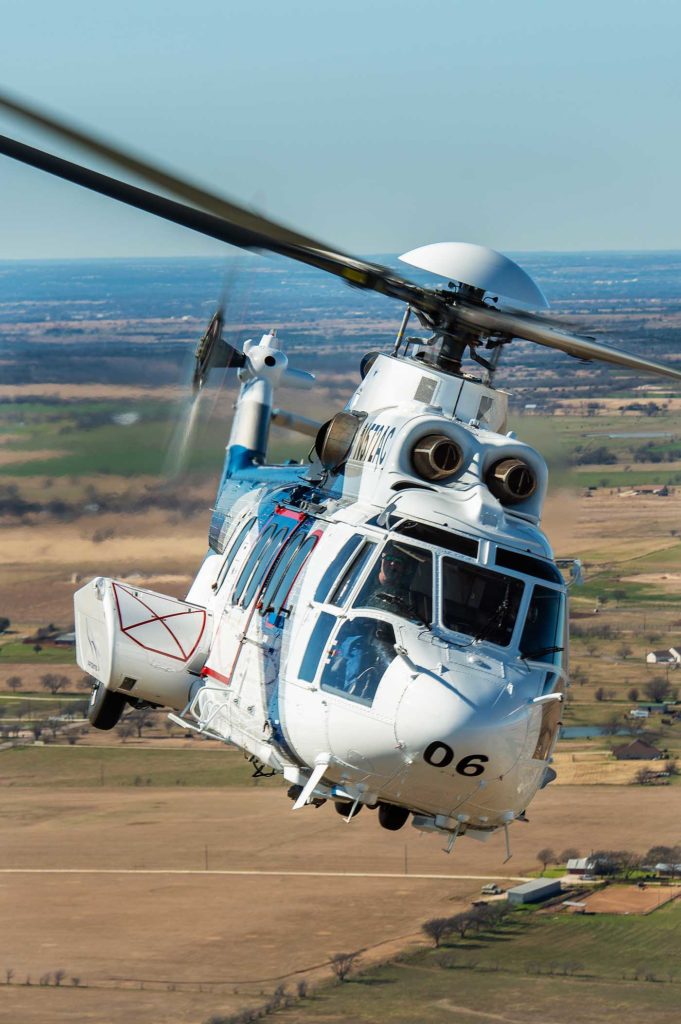
“We definitely have buyers,” said Blanc. “Utility buyers, single-engine buyers, and quite a number of VIP buyers looking for quality, more than ever, with our certified pre-owned offering being especially popular. It’s definitely taking longer to get financing. Interest rates are low, so there are good opportunities. But the cycles have been much longer.”
Priced to sell
In Sudbury, Ontario, Glenn Graham of Graham Aviation Consulting & Pilotage has also noticed the increase in pre-owned helicopter inventory. His company sells rotary- and fixed-wing aircraft worldwide, keeping a smaller inventory while offering a full range of services.
“I would say you’re seeing more utility-type aircraft for sale,” he noted. “Light to intermediates seem to be on the market more, and single-engine more than twin.”
He’s noticed an increase in general aviation interest, with high net worth individuals shopping around for a helicopter. But while they may be looking for deals, Graham disagrees that machines are going at fire sale prices.
“That’s not the case. Sellers are asking fair market value for them. People are doing evaluations on their aircraft and prices are holding fairly steady — even though the last helicopters I sold were about six percent below the asking price.”
However, Graham is worried about mounting pressures on operators, including financing difficulties and sky-high insurance costs. For those who rely on a single type of work, he feels the going could get very rough over the next few months.
“If Covid keeps going, it’s a perfect storm where the economy is down, the work isn’t out there, we have poor fire seasons, and high insurance costs. But if they magically find a cure for Covid, things will likely pick up and we’ll slowly get back to where we were.”
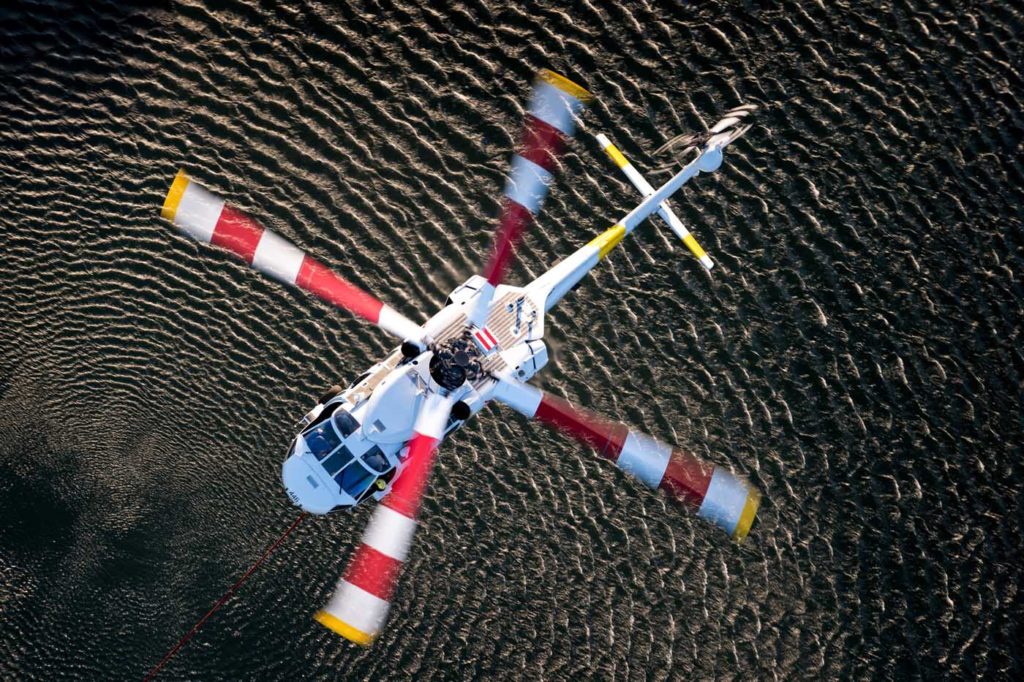
On the West Coast of Canada, Brad Shaen of International Aviation Marketing agrees with Graham that “a combination of factors has really put a dent in the market.”
His Vancouver-based company, founded in 2008, specializes in brokering medium to heavy helicopters, primarily for the oil-and-gas and general utility market.
He’s noticed an increase in medium and large helicopters for sale, and especially older machines with outdated technology. “There is a lot more inventory out there, but it’s not necessarily saleable, and the banks aren’t really lending, either,” he remarked.
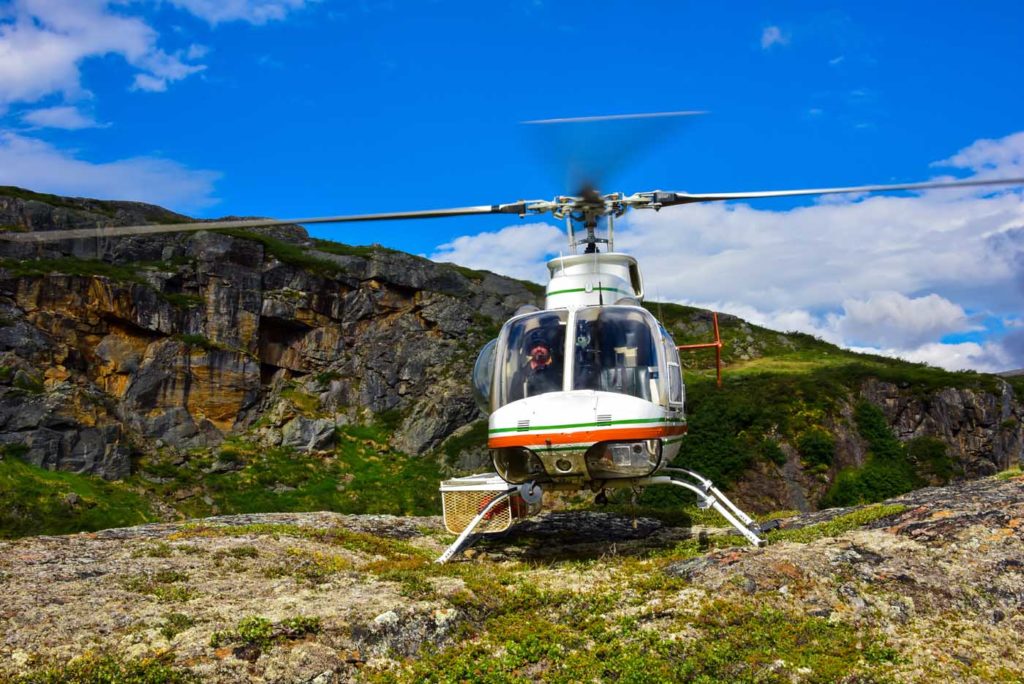
Shaen, too, said prices have not declined significantly, probably because “the banks have been patient so far.”
Going forward, he said it will be important to rationalize pre-owned helicopter prices, as sellers continue to outnumber buyers. “The reality is, there’s not a ton of buyers out there. For me, personally, we’re having success with some of the legacy products. We’ve been able to get the owners to price right, or there is a specific demand for an aircraft type.”

According to Shaen, one of those types is the Bell 407.
“The number of them on the market has really surprised me. The market was very resilient and the pricing was strong [for that aircraft]. So far, pricing has not really declined, but supply and demand tells you it will. That market has really tipped over, and I think that was directly caused by the pandemic.”
While the helicopter industry overall is no stranger to economic highs and lows, the current climate has delivered a tough blow to the oil-and-gas, tourism, EMS and utility sectors. As some operators hunker down to see what happens next, others are making a break for retirement and closing their doors. Still others are cautiously optimistic, keeping their eyes open for good deals on the pre-owned market.
With so much inventory available, it’s crucial for sellers to price their helicopter attractively.
“In some cases, sellers have come to terms with this, and so you see prices coming down,” observed industry veteran Ed Washecka, CEO of RACE Aviation Partners in Connecticut. Still, “it isn’t hard to find assets that have been for sale for two years, which clearly demonstrates the asking price is not in line with the market value.”
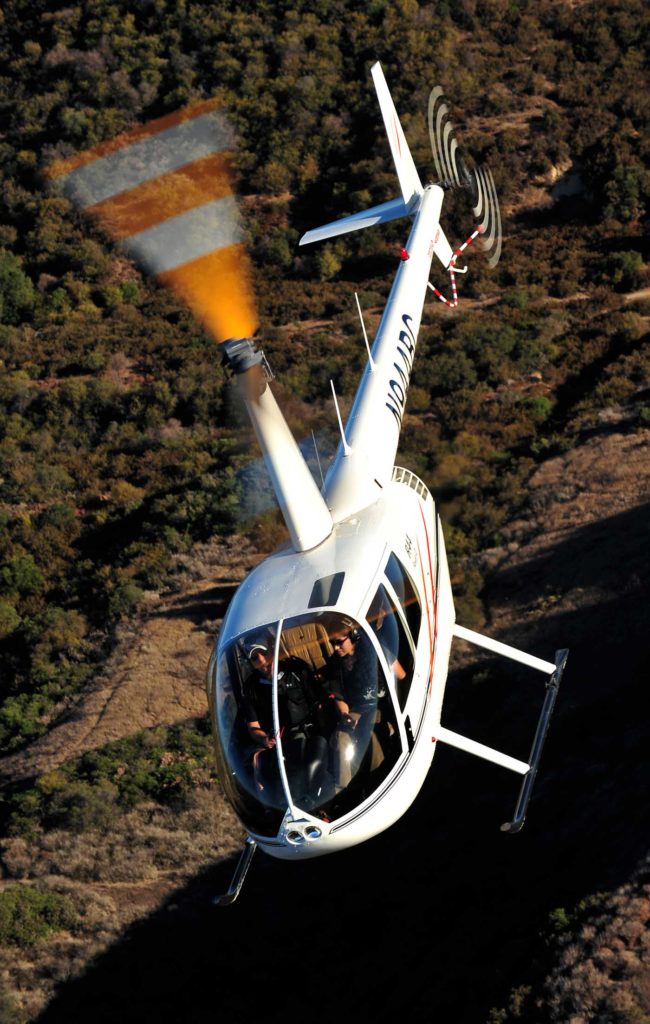
Washecka, who is the former CEO of Waypoint Leasing and Era Helicopters, said he can’t think of any helicopter currently for sale that doesn’t have a potential buyer.
“It doesn’t matter the condition or the type, at some price someone will buy it, even if just for parts.”
Again, it all comes down to money. While some in the helicopter industry say deeply discounted machines are available now, others say prices are wavering, but they’ve yet to see a big slide.
One thing is certain: 2021 will be an interesting year in the global pre-owned helicopter market.





